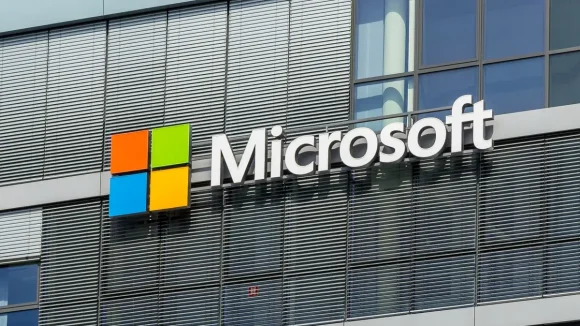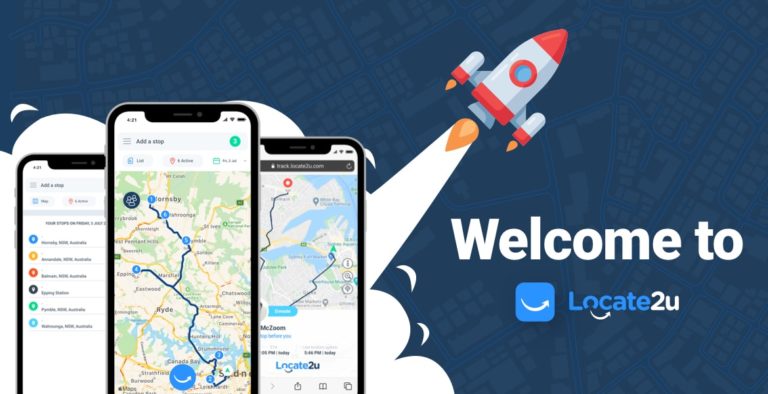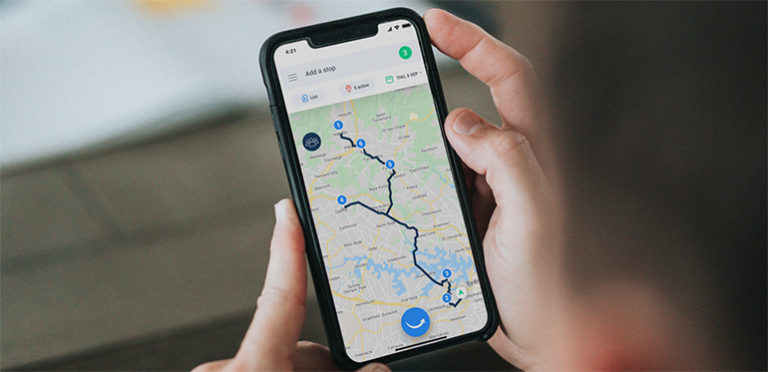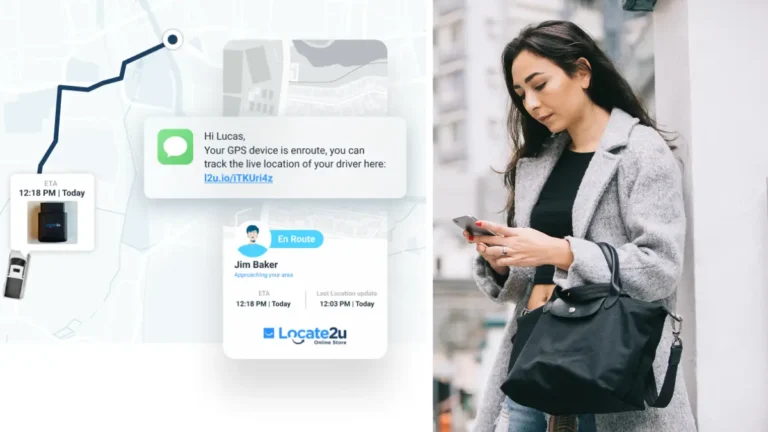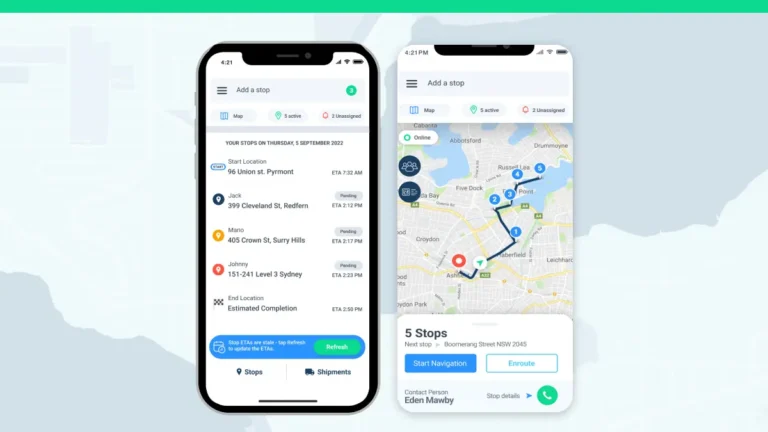Microsoft’s ‘Recall’ feature for its Copilot Plus PCs has come under fire from privacy experts. The feature is being investigated by the UK’s data privacy regulator, the Information Commissioner’s Office (ICO).
Why is this important? The feature, designed to serve as a search tool for users to locate previously viewed content, takes screenshots of users’ activity every few seconds. This could include sensitive information like passwords or financial details.
The ICO issued a statement in response, emphasizing the need for organizations “to be transparent with users about how their data is being used and only process personal data to the extent that it is necessary to achieve a specific purpose.”
Microsoft Recall, explained
Recall can be likened to a super-smart camera for your PC. It keeps track of everything you’ve ever done, allowing you to easily find and view snapshots of your user activity at a particular time.
When the feature was announced last month, Microsoft marketed it as “A new AI era.”
CEO Satya Nadella said Recall is “not keyword search, it’s semantic search over all your history.”
In order to “recreate moments from the past,” based on your usage history, Recall constantly takes screenshots of what’s on your screen. It then uses a generative AI model and an NPU (Neural Processing Unit) to make the data searchable.
Recall allows you to open the snapshot in the original software where it was created. As the tool evolves over time, it will be able to take you back to the exact document, website, or email shown in the snapshot.
But what are the risks?
Microsoft Recall: Privacy risks
Kevin Beaumont, a cybersecurity researcher with 24 years experience, describes Microsoft Recall as a “disaster” capable of “stealing everything you ever typed or viewed on your Windows PC.”
Even though Microsoft claims the data and screenshots are only available locally (as in, on your PC, and viewable to only you), Beaumont says this is inaccurate. “Data can be accessed remotely.”
Beaumont says the Recall feature takes screenshots every few seconds, and these images are “automatically OCR’d by Azure AI, running on your device, and written into an SQLite database in the user’s folder.”
Concept clarified: OCR stands for Optical Character Recognition. It is software that can scan and read the text in the image and convert it into machine-readable text data.
Beaumont adds: “This database file has a record of everything you’ve ever viewed on your PC in plain text, [as] files in AppData, in the new CoreAIPlatform folder.” Microsoft claims the information is encrypted, but Beaumont shows how it can still be accessed.
Even if you delete an email or a message (from WhatsApp, Signal, Slack, etc) the information “stays in the database indefinitely.”
He shares this grim warning: “Prepare for AI-powered super breaches. Currently, credential marketplaces exist where you can buy stolen passwords. Soon, you will be able to buy stolen customer data from insurance companies, etc., as the entire code to do this has been pre-installed and enabled on Windows by Microsoft.”
NOW READ: What Gen Z wants: AI, human interaction and phone calls
About the author
Cheryl has contributed to various international publications, with a fervor for data and technology. She explores the intersection of emerging tech trends with logistics, focusing on how digital innovations are reshaping industries on a global scale. When she's not dissecting the latest developments in AI-driven innovation and digital solutions, Cheryl can be found gaming, kickboxing, or navigating the novel niches of consumer gadgetry.

